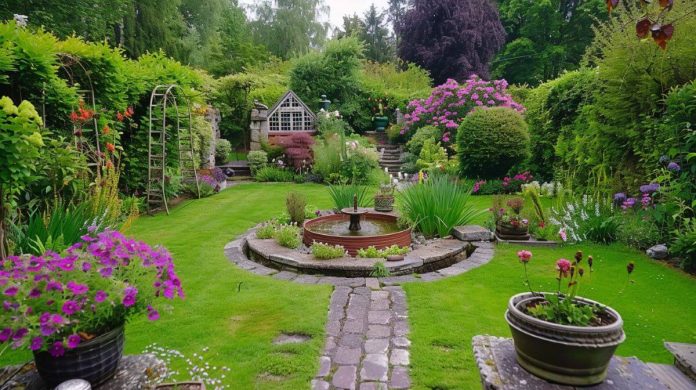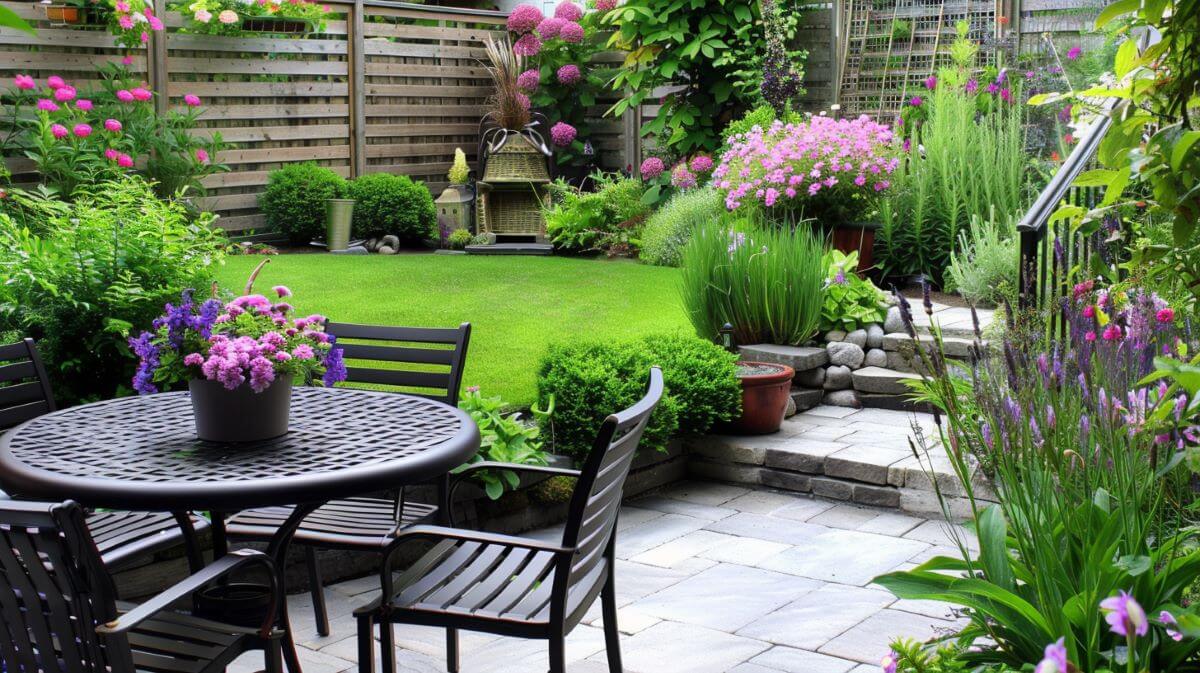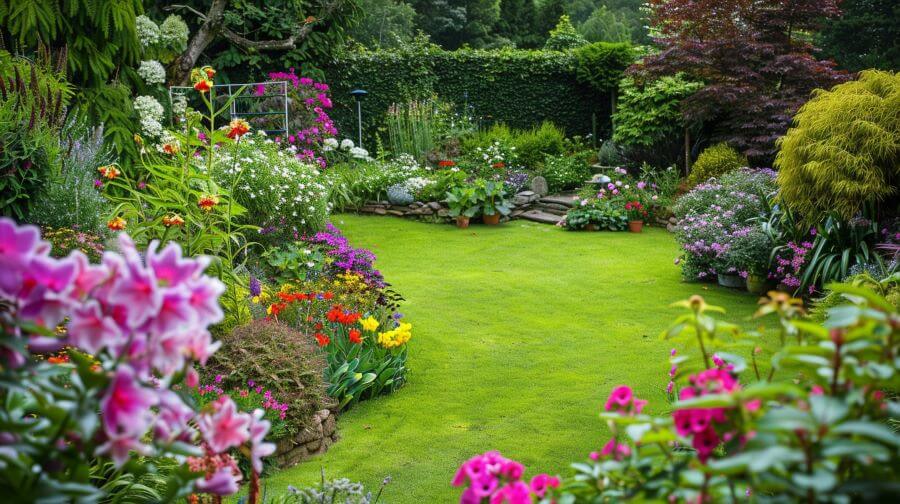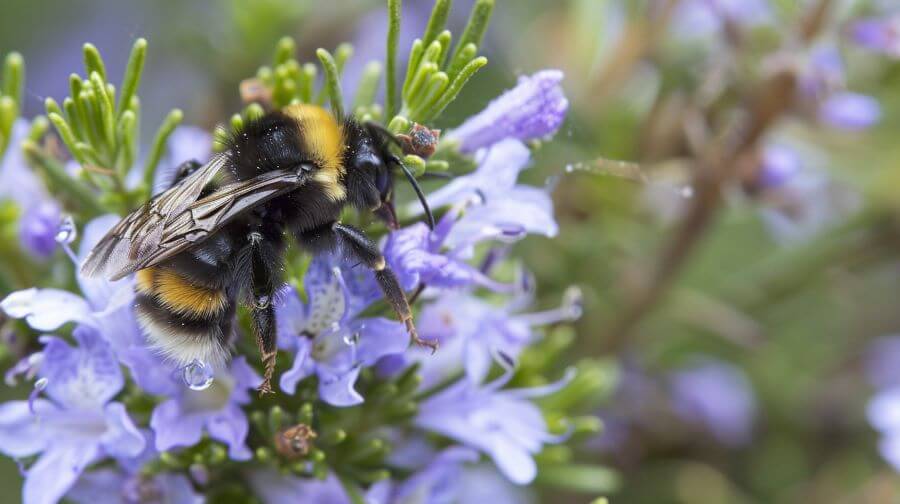
Last Updated on 31st May 2024
Gardens are just great. Your own little outdoor space to do whatever you want with. A fantastic place to enhance your well-being by nurturing your little retreat, help out your local environment, or create a safe playground for your children (or yourself, we’re not judging; swings are fantastic).
Already established gardens may merely require maintenance or a bit of restructuring, but getting started from scratch when moving into in a new home can be a little bit intimidating if you don’t know where to begin. So here are some tips to get you going, no matter if you want to grow a tiny patch or a sprawling lawn.

Plan your garden
Before you so much as lift a spade, you should know what you want to do first. Assess your available space, taking note of how much sunlight each area receives throughout the day; this will dictate what you can grow and where. Select a garden style that resonates with your aesthetics – be it a low-maintenance modern look or a wild, wildlife-friendly haven. Websites such as Pinterest are perfect for collecting ideas!
Don’t forget the right tools can make or break your gardening experience, too, so invest in essentials that will go the distance.
Know where want to put furniture, too. Will there be a patio? There are garden apps where you can drag and drop things around, or you’ll just use some good old pencil and paper to sketch out a general idea of your layout.
And if you have any windows overlooking the garden, take this into account. Often the kitchen sink is a prime forgotten viewing spot, and my grandad planted my grandma’s favourite flowers right outside for her to look at when they washed up.

Soil preparation and plant selection
Good soil is the bedrock of any flourishing garden, but you can make do with any composition somehow, as long as you select the plants accordingly. A soil test to determine pH and nutrient levels can be super useful, as is adapting your soil with compost or amendments to create the perfect environment for plants. It doesn’t have to be that in-depth, though. If you don’t want to go all-in as a gardener, you can usually tell pretty easily, which soil type you have.
When selecting plants, keep in mind what you previously learned regarding light, your soil conditions, and water. Consider durable natives that are more likely to thrive, and don’t shy away from perennials that promise a return each year (compared to annuals, who will go through a full cycle for a year, not to return!).
Effective planting is a dance between the plant’s needs and your hands – don’t worry, you’ll learn along the way. Super useful is writing down the pruning needs of each plant and simply add them to your calendar for tasks each month! Oh, and if you have pets, always make sure your plants are not poisonous to them.

Add some aesthetics!
It’s your space – so go wild. Usually, it ends up being a colourful reflection of your personal taste and practical needs. But utilising basic principles of garden design such as symmetry, colour balance, and textural contrast can create a visually pleasing place.
Features like pathways, benches, or water elements can add functionality and become focal points at the same time. You can design your space to trick your brain, too, in making it look bigger, for example!
And: plant for the senses – lavender for scent, grasses for sound, and a riot of flower colours for a visual feast, turning your garden into a sensory delight and a haven for the unsung heroes: bees.
Once your garden is planted, be patient and maintain it to keep it in peak condition. Watering, weeding, and pruning helps keeping it healthy and tidy. Stay vigilant against pests and diseases, too. Natural predators like ladybirds (yes, you can just go out and buy ladybugs!) can help keep otherwise harmful insect at bay, and are beautiful to see around too.
As seasons change, so too will your garden’s needs. Mulching in autumn, protecting plants from winter frosts, and refreshing plantings in the spring are all part of the cycle! It’s not a one-time thing you’re setting up – a garden is a labour of love.


































